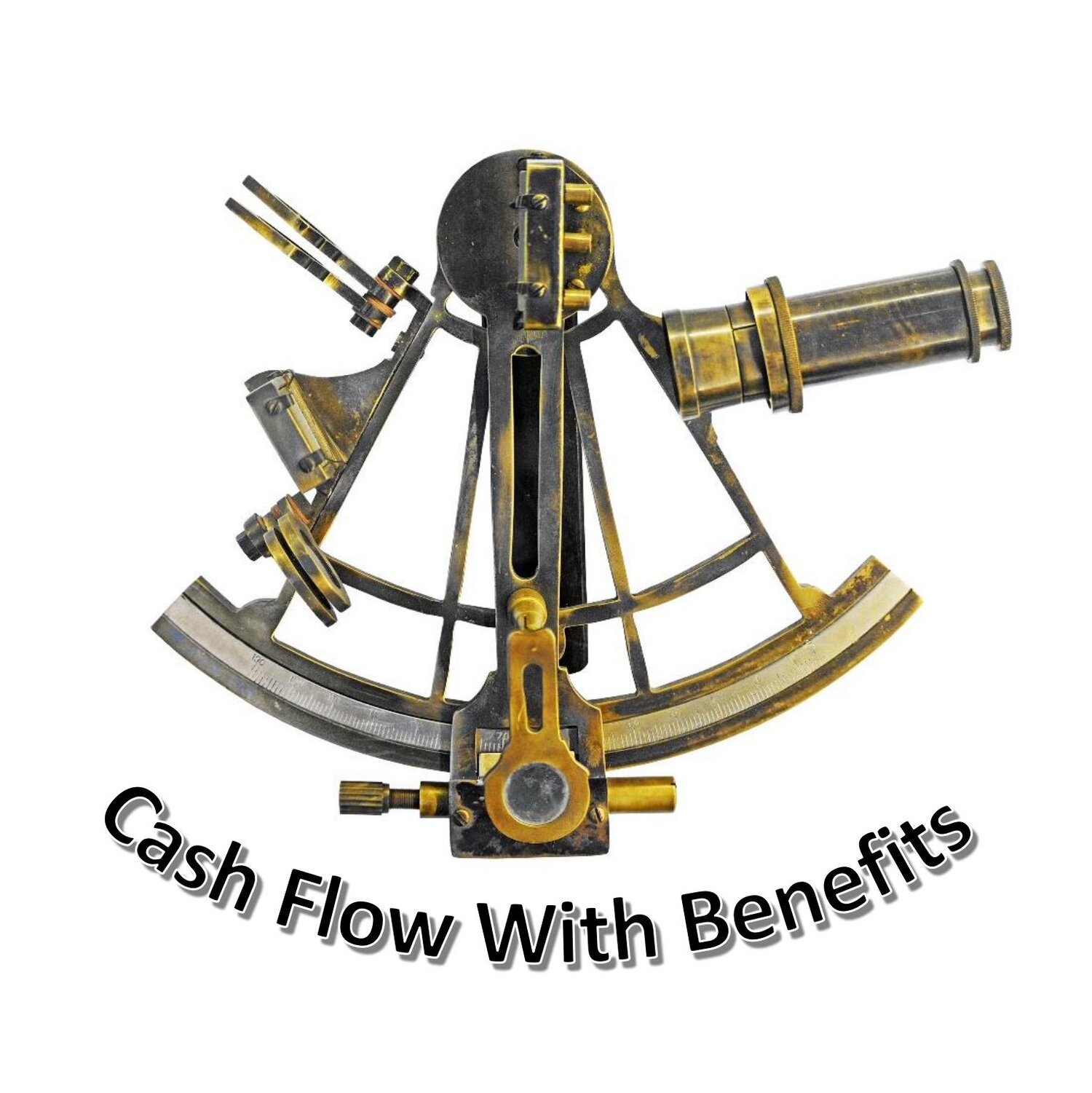The first principle to understand when learning how IBC operates is that everything a person buys is financed, either by borrowing from a lender or by using your own money, thereby foregoing the interest you would have otherwise received on the funds. This concept is also known as the opportunity cost of money.
EVA: Economic Value Added
In this regard, Nash mentions economic value added (EVA), which refers to the earnings on a sum of capital above and beyond the cost of that capital.
In the case of Economic Value Added, EVA, Nash reports that many large corporations produced tremendous success by adopting EVA, which centers on the idea that use of your own funds has a cost of capital. By removing the need to pay interest to others and directing that same amount of interest to a life insurance policy under your control which features tax-deferred growth, he says, you can improve your financial situation. Like EVA, for this type of system to work, Nash states, “the Infinite Banking Concept must become a way of life. You must use it or lose it!”
Dividends
Life insurance is a product that has been around for over 200 years. In addition to the ability to earn tax-deferred interest, life insurance dividends generated by policies from participating life companies are also free from current taxation, as they are a form of return of principal.
Nash next discusses the idea that if you are paying out more than 35% of every dollar you make in after-tax income in interest, your need for finance is likely to be greater than your need for life insurance over the course of your working years. By using dividend-paying life insurance to address your life insurance needs, Nash claims that you will then automatically be able to build up more life insurance while regaining the totality of the interest you would otherwise be paying to someone else.
This program, however, almost never occurs, according to Nash, because of the bias against using life insurance as a place to store money. Thus, instead of paying the insurance company an amount which encompasses the funds needed to keep the insurance in force plus the sums needed to build up enough cash to finance a car payment and other financial needs, these funds are paid separately in the form of car payments, credit card payments, etc. You would be better off, Nash states, by paying these sums to the insurance company and cutting out the middleman.
The key, he believes, is that you should make sure you are paying into the insurance policy the same amount you would otherwise be paying to the car finance company, thereby earning what the finance company would have earned for your own benefit. Ideally, you will contribute even more than that amount to increase the amount of cash in the account that you can use for other purposes.
